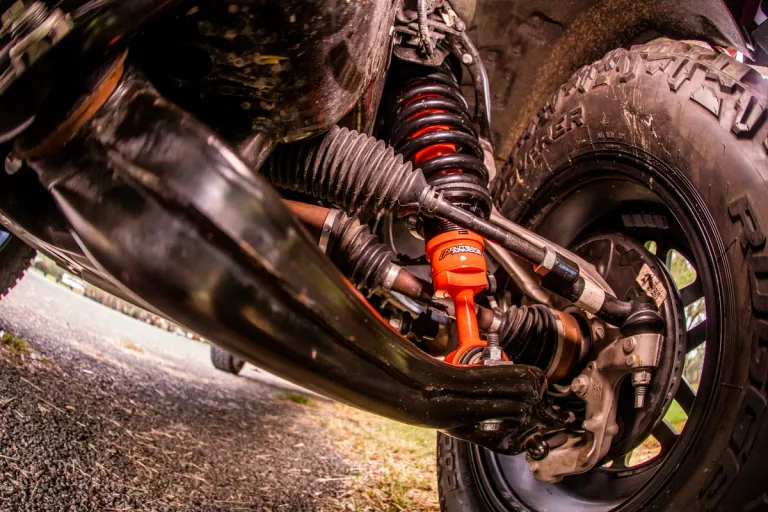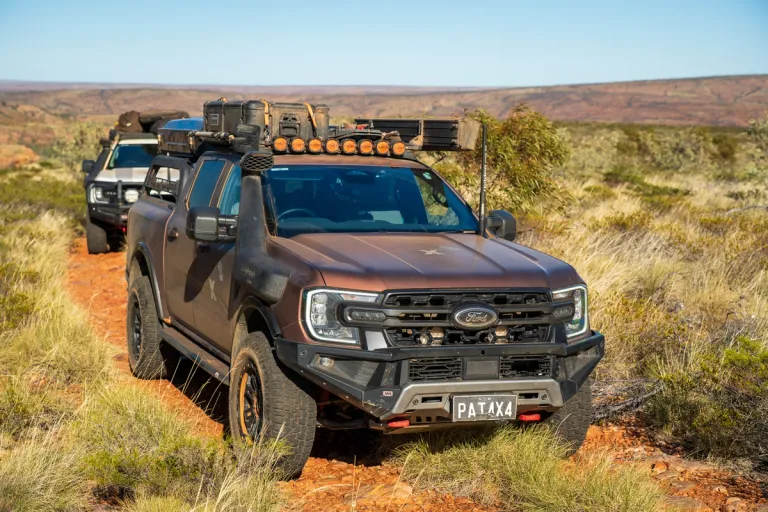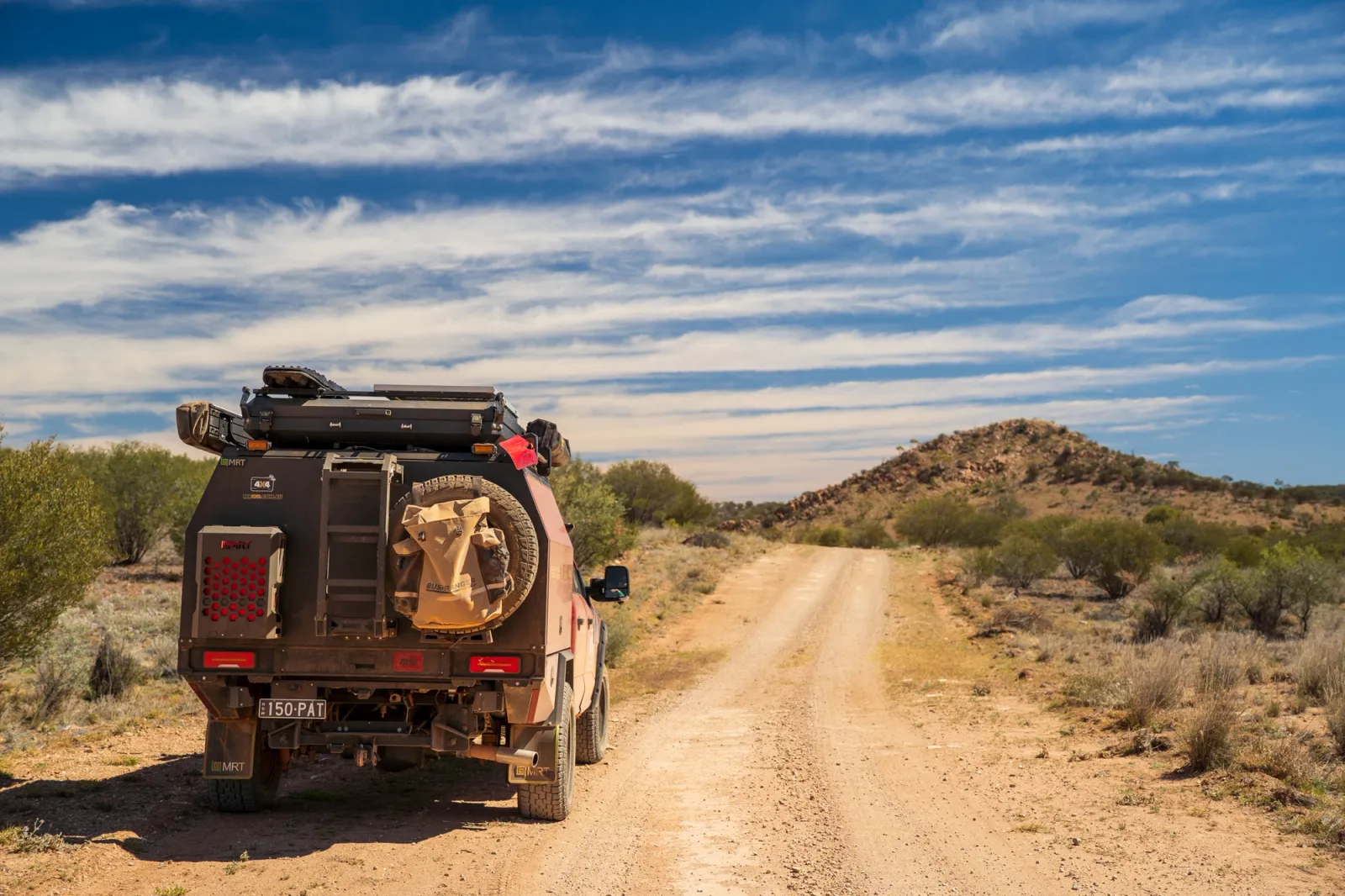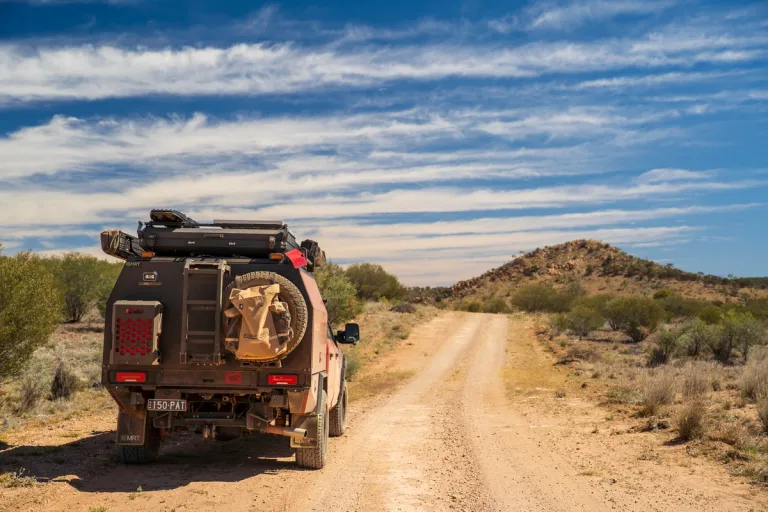There’s a moment that hits every 4X4 owner eventually, usually somewhere between scraping the belly over a rutted track and loading the back with too much gear. You look at your rig and think: “I reckon it’s time for a lift.”
Choosing the right suspension lift, however, isn’t just about cranking things skyward for the sake of it. Get it wrong, and you’ll end up with a stiff, squeaky ride that’ll bounce you around like a rock in a tin can and draws the wrong kind of attention at roadside checks. Get it right, though, and you’ll transform your 4X4 into something that rides better, handles weight properly, and actually performs when the track turns nasty.
So how do you choose the right setup? Let’s break it down.
First, Ask Yourself: Why Are You Lifting It?
Before you get too excited about tyre clearance or flexing for social media, you need to get real about what you want from the lift. Are you touring long distances with a canopy full of gear? Towing a van? Chasing more clearance for rutted tracks and creek crossings? Or just looking to even out a front-end sag from the bull bar and winch?
Different goals demand different setups. There’s no one-size-fits-all, and that’s where choosing the right spring rate and shock valving matters just as much as the amount of lift itself.

closeup of a vehicle's suspension
Matching Load to Suspension
It’s easy to over-lift or over-spring a 4X4, especially if you're thinking about the ‘just in case’ future build that never quite eventuates. A suspension kit that’s too heavy-duty for your actual load will ride like a brick. On the flip side, go too soft and your rear end will be dragging the minute you hitch up the camper.
That’s why reputable brands typically offer a tiered system based on actual vehicle weight. From light touring setups to heavy-duty builds with constant loads, and they’re not just bolting in bigger coils and calling it a day, their springs and shocks are tuned for specific weights and use cases.
Take my Ranger as a case in point. With a big camping setup, roof top tent, tub rack, bed slide, fridge, spares, recovery gear and a whole bunch of camera gear, the rear’s doing more work than most utes are built for. I recently fitted an Outback Armour GVM upgrade kit, and the difference in handling under load has been night and day. It rides better, brakes more predictably, and it’s legal with the extra weight on board.

closeup of a vehicle's suspension
How Much Lift is Enough?
For most 4X4s, a 40–50mm lift is the sweet spot. It gives you clearance for larger tyres, improves approach and departure angles, and reduces underbody contact without compromising too much geometry.
Yes, you can go higher, but anything over 50mm in most states and you’re into engineering territory. That means mod swerve testing, compromised geometry, and potential CV or tailshaft issues if you don’t do it properly. It’s doable, but you’d want to have a plan and a budget for the whole system.
The Outback Armour lift kits in my Ranger and Everest are designed to sit within that 50mm legal range for most vehicles, and they’re engineered here in Australia to suit our rules, our terrain, and our idea of what "fully loaded" really looks like.
Legalities and GVM: Don’t Get Caught Out
Here’s the bit too many people ignore until it’s too late: just because it fits, doesn’t mean it’s legal.
If you’re adding accessories, touring gear or towing, chances are you’re chewing into your GVM (Gross Vehicle Mass). Most modern dual-cabs are frighteningly easy to overload and that can leave you uninsured if something goes wrong.
That’s why GVM upgrade kits are becoming a must-have rather than a nice-to-have. They’re engineered and approved to increase the legal payload of your vehicle, not just lift it. If you’re setting up for remote travel or heavy-duty towing, it’s one of the smartest upgrades you can make.

2 4X4s driving on a dirt track in the outback
The Final Word
Lifting your 4X4 shouldn’t be about ego, it’s about capability. Done properly, it gives you better control, more confidence off-road, and peace of mind that your rig’s not being pushed beyond its limits.
The trick is not chasing the biggest lift, but the right one. Something tuned for your weight, your driving style, and your destinations. Get your suspension right, and everything else just works better. Miss the mark, and you’ll feel it in every corner, corrugation, and coffee spill on the dash for the life of your rig.
Club 4X4 Insurance
Cover your 4X4 and its modifications





